Maria-Sole Ferragamo reveals new jewellery at PAD London
Maria-Sole Ferragamo and Elisabetta Cipriani Gallery have created jewellery collection ‘Trame’, featuring upcycled brass
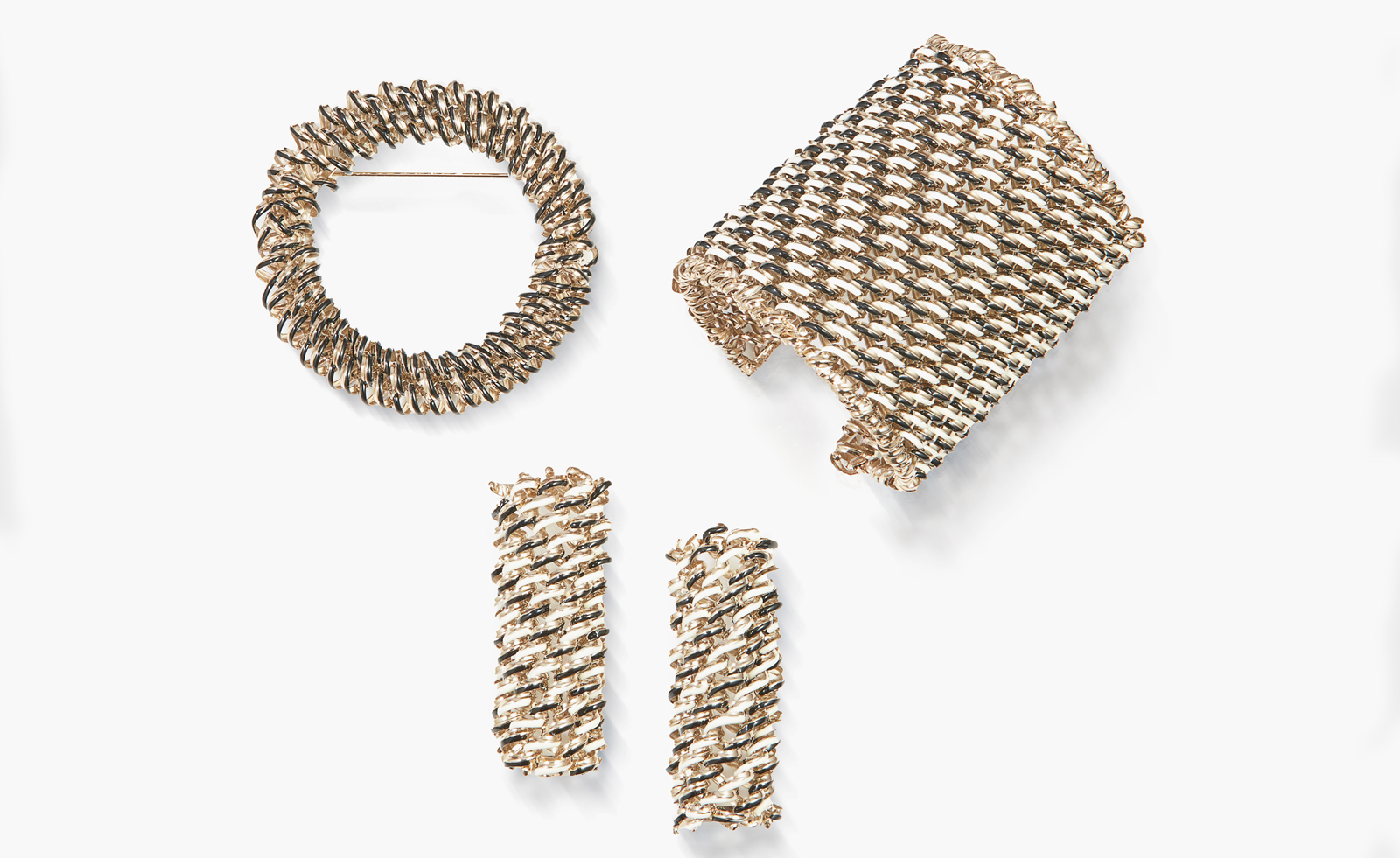
How does one create a jewellery series that deconstructs notions of intrinsic value and references the enduring appeal of pieces made by hand? This was the starting point for the collaboration, now showing at PAD London 2023, between Maria-Sole Ferragamo, the jewellery artist and founder of sustainable luxury house So-Le Studio, and Elisabetta Cipriani Gallery, London’s unofficial home of wearable art and sculpture. ‘Elisabetta and I share a common passion for exceptional craft and unique design. I think she likes the conscious way I create,’ reflects Ferragamo.
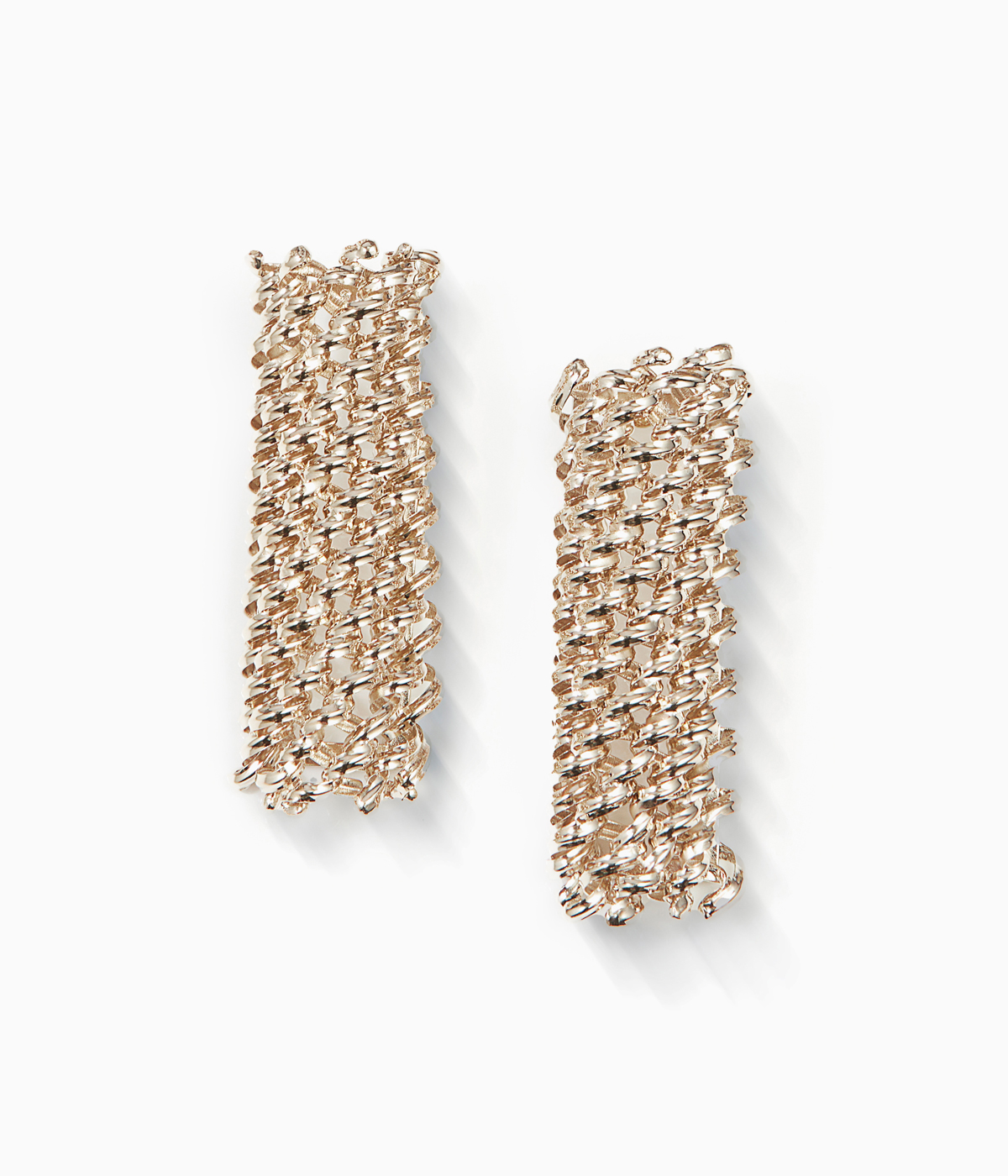
The collection created, ‘Trame’ (Italian for ‘weave’ or ‘plot’), is an evocative exploration into upcycling. The pieces presented – a brooch, a necklace and a bracelet – at first sight appear to be made of gold but in fact are crafted out of brass shavings, trucioli, that would otherwise have been melted down for scrap.
Ferragamo’s commitment to radical reinterpretations of materials is not new. Previous forays have made her a latter-day alchemist of deadstock leather; in explaining the genesis of these new pieces she notes: ‘Creating is an act of love for me. Using leftover materials during my creative process is even more of a testimony of the love and care I put into these discarded resources, [and] I see beauty and potential in each of these existing materials and repurposing them, giving them a second chance, no matter what challenges and limits they may come with.’
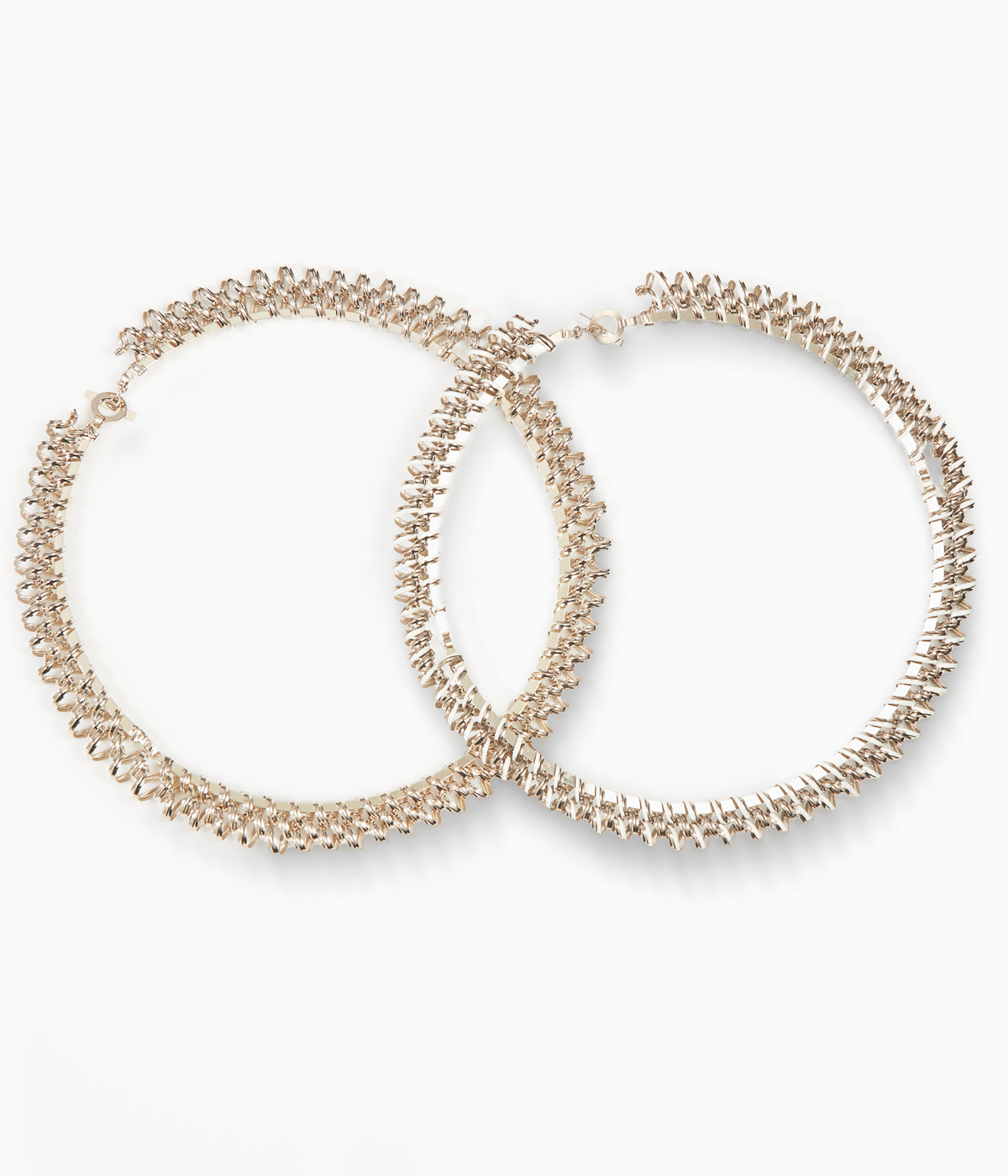
The challenges were numerous. ‘Firstly because not all brass shavings have the same diameter,’ she says, and were further exacerbated by Ferragamo’s decision to hand weave each piece, creating a one-of-a-kind sculpture for the body. ‘It was a sort of meditation. I embraced the value of time and craftsmanship,’ she observes. The collection is also an homage to the Arte Povera Movement of 1960s and 1970s Turin, which celebrated the use of non-traditional everyday materials in fine art. Proposing art-jewellery formed from humble materials and offering it at one of the world’s high temples for luxury is a challenge that Ferragamo has gamely accepted. With clients given a choice of a gold-plated finish or gold-plated with white and black enamel accents, she notes the ‘collection represents a harmonious blend of ancient aesthetics and a forward-looking vision’.
‘Trame’ can also be viewed as a love letter to the inventiveness of artists. Maria-Sole’s grandfather Salvatore famously improvised with unconventional materials during the Second World War, using sweet wrappers to create a weave of his own. With ‘Trame’, Maria-Sole not only creates contemporary treasures born out of scarcity, but also articulates notions of community in the collection. More than collectable adornments, her female-led collaboration with Elisabetta Cipriani segues into wider discourses of female empowerment. ‘The intricate weaves serve as a tribute to the power of women, representing the strength that comes from unity and interconnection.’
Like many artists, Ferragamo freely admits to being ‘very curious to see clients and visitors’ reactions', adding, ‘this is the first time I'll be presenting work at PAD and it is a very important step for me as a creative and an artist’. For the wider jewellery-collecting community, the collaboration between Ferragamo and Cipriani feels like a timely partnership and an inevitable and exciting progression for a recognised force in sustainable jewellery.
Receive our daily digest of inspiration, escapism and design stories from around the world direct to your inbox.
Mazzi Odu is a Ugandan-British writer, editor and cultural consultant based in Lagos, Nigeria. Her work focuses on jewellery, design, fashion and art. An alumna of the London School of Economics and Political Science, she has profiled a cross section of leading design talents and creative voices, with a special emphasis on those from the Global South and its Diaspora communities.
-
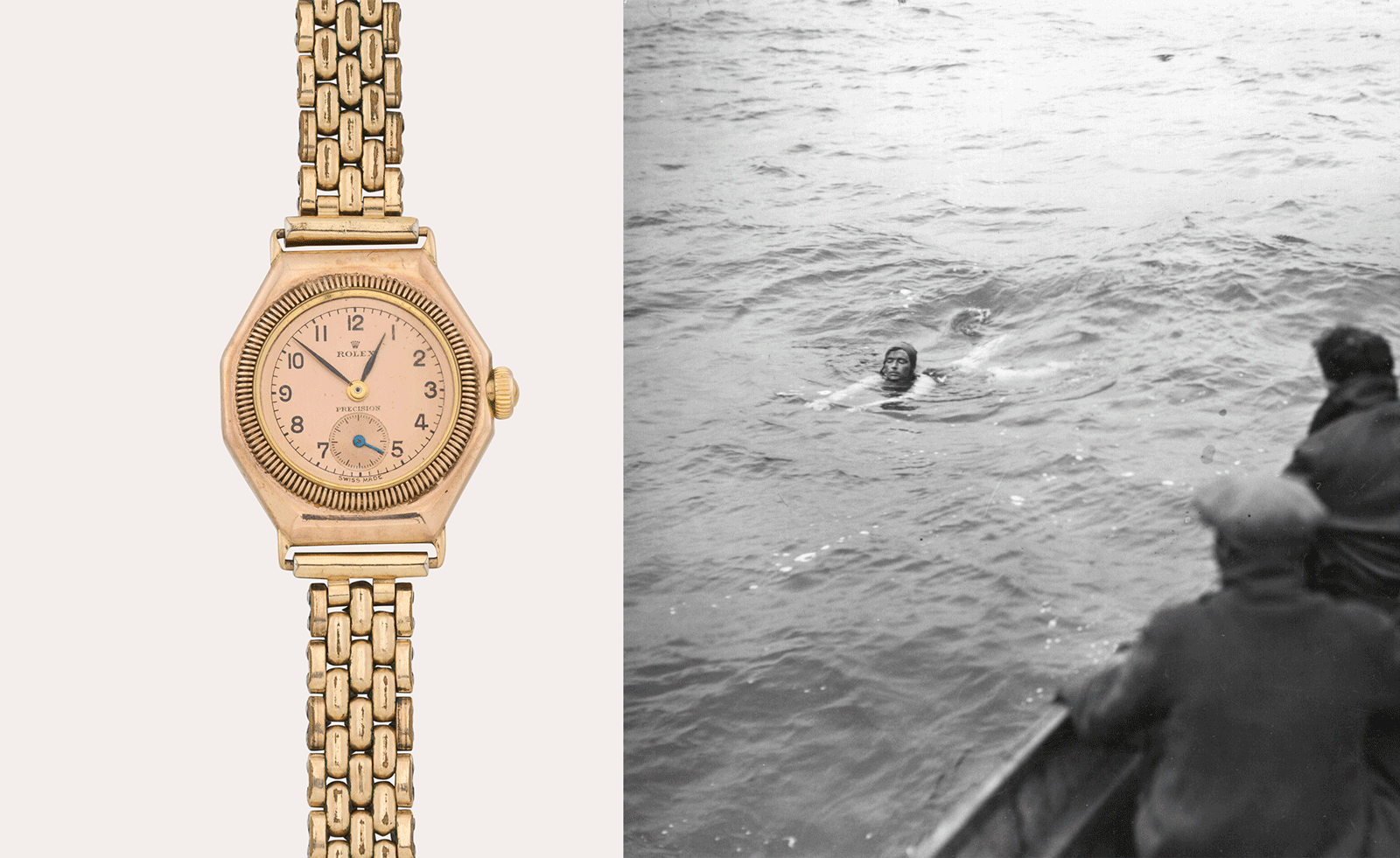 Sotheby’s is auctioning Mercedes Gleitze’s Channel-crossing Rolex
Sotheby’s is auctioning Mercedes Gleitze’s Channel-crossing RolexThe historic Rolex that started the sport-watch synergy is going under the hammer, amidst a contemporary boom in sporty-elegant timepieces
-
 Cosy-up in a snowy Canadian cabin inspired by utilitarian farmhouses
Cosy-up in a snowy Canadian cabin inspired by utilitarian farmhousesInspired by local farmhouses, Canadian cabin Timbertop is a minimalist shelter overlooking the woodland home of wild deer, porcupines and turkeys
-
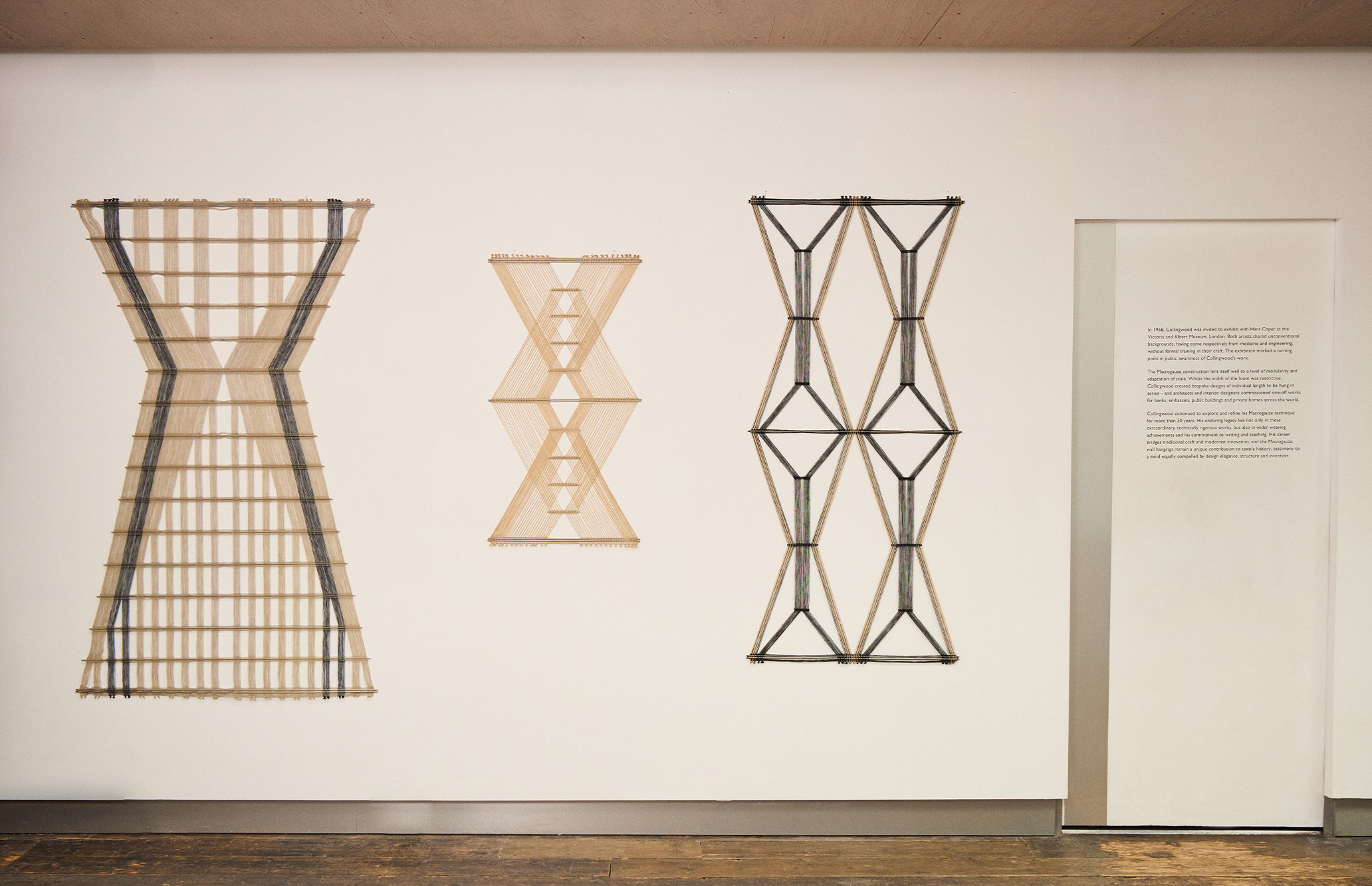 Margaret Howell celebrates the ‘modern and grounded’ work of British weaver Peter Collingwood with a rare exhibition and calendar
Margaret Howell celebrates the ‘modern and grounded’ work of British weaver Peter Collingwood with a rare exhibition and calendarOne of the 20th century’s seminal weavers, the exhibition provides a serene respite from Frieze London, unfolding in Margaret Howell’s London store
-
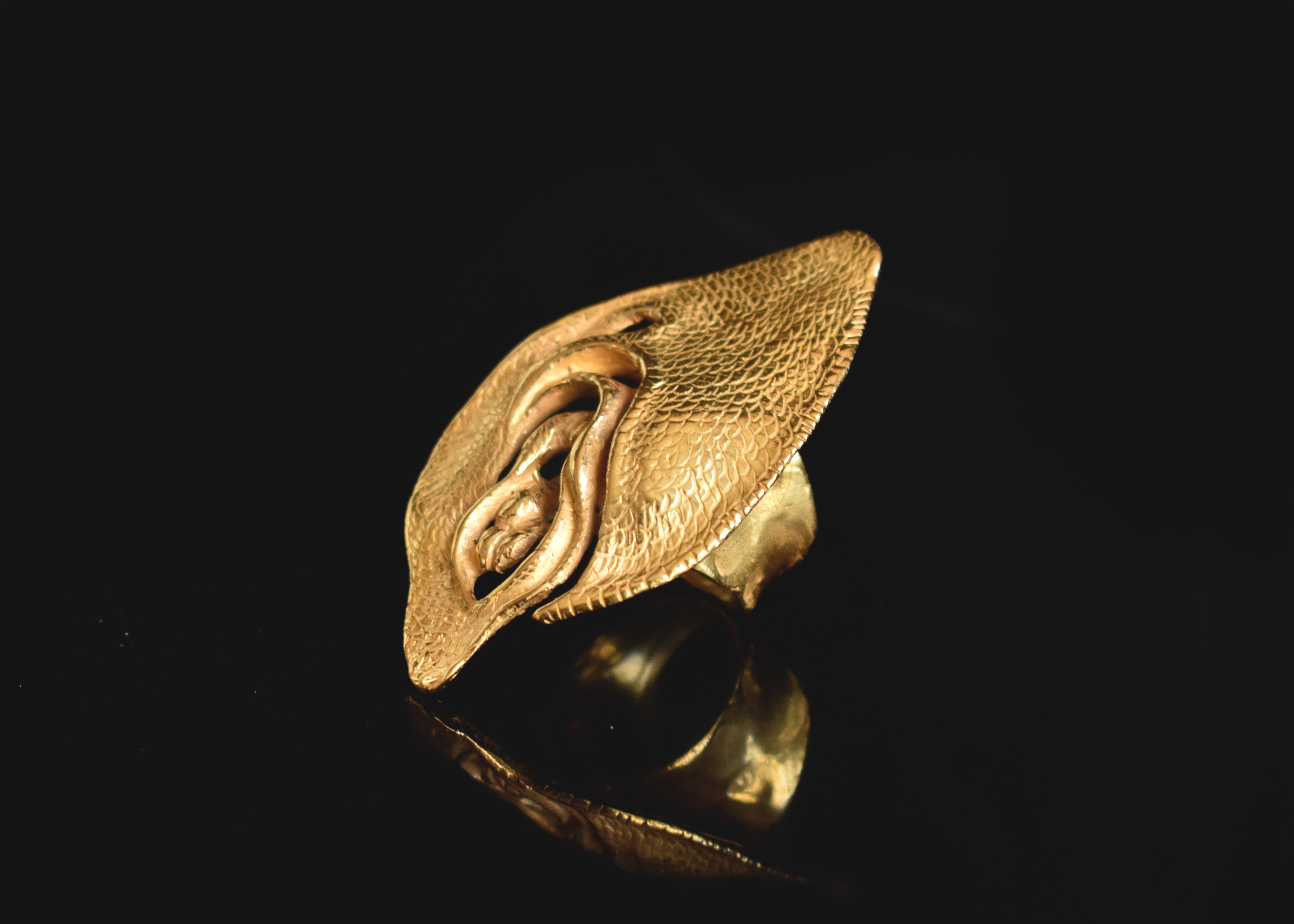 Sylvain Rieu-Piquet flits between jewellery and design in a Carpenters Workshop Gallery show
Sylvain Rieu-Piquet flits between jewellery and design in a Carpenters Workshop Gallery show‘Design is a way to think,’ says Rieu-Piquet ahead of his London exhibition ‘Chimaera’, featuring 40 pieces of sculptural jewellery and ceramics
-
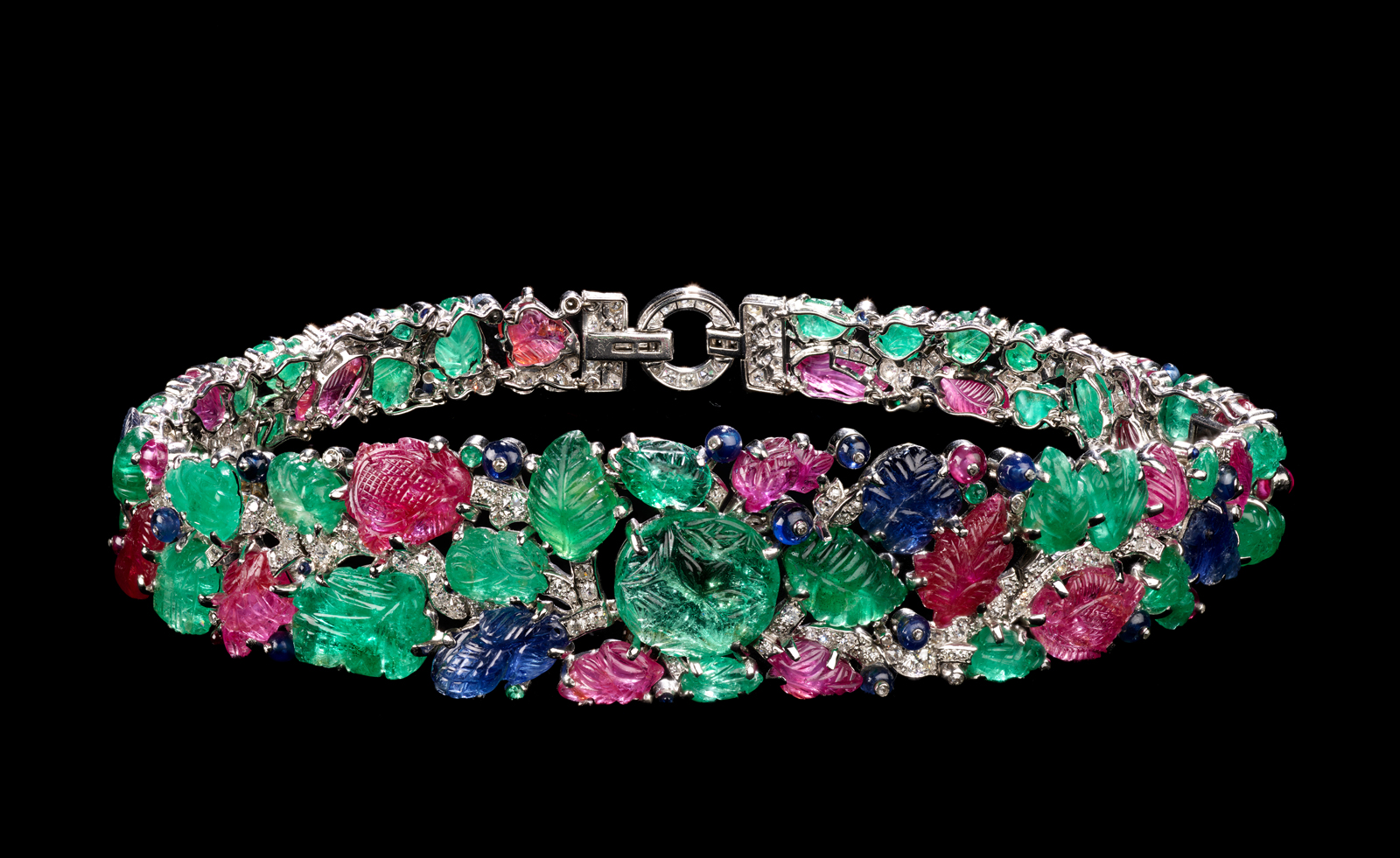 Cartier’s major new exhibition opens at the V&A and it’s a gem
Cartier’s major new exhibition opens at the V&A and it’s a gem‘Cartier’ at the V&A in London takes an epic tour through the house’s history and archives
-
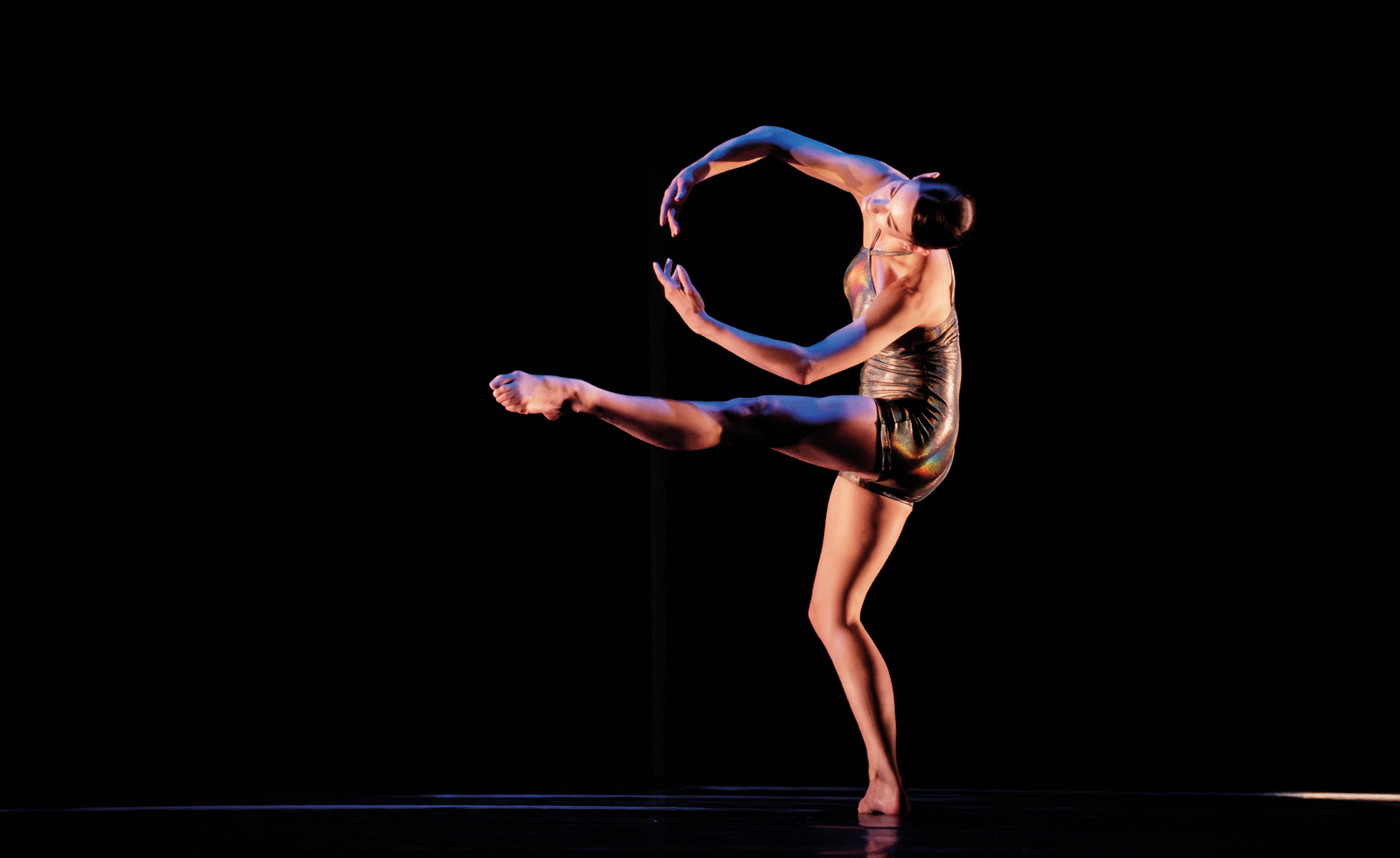 Van Cleef & Arpels light up London with the Dance Reflections festival
Van Cleef & Arpels light up London with the Dance Reflections festivalVan Cleef & Arpels are celebrating their ties with the world of choreography with the second edition of the Dance Reflections festival across London
-
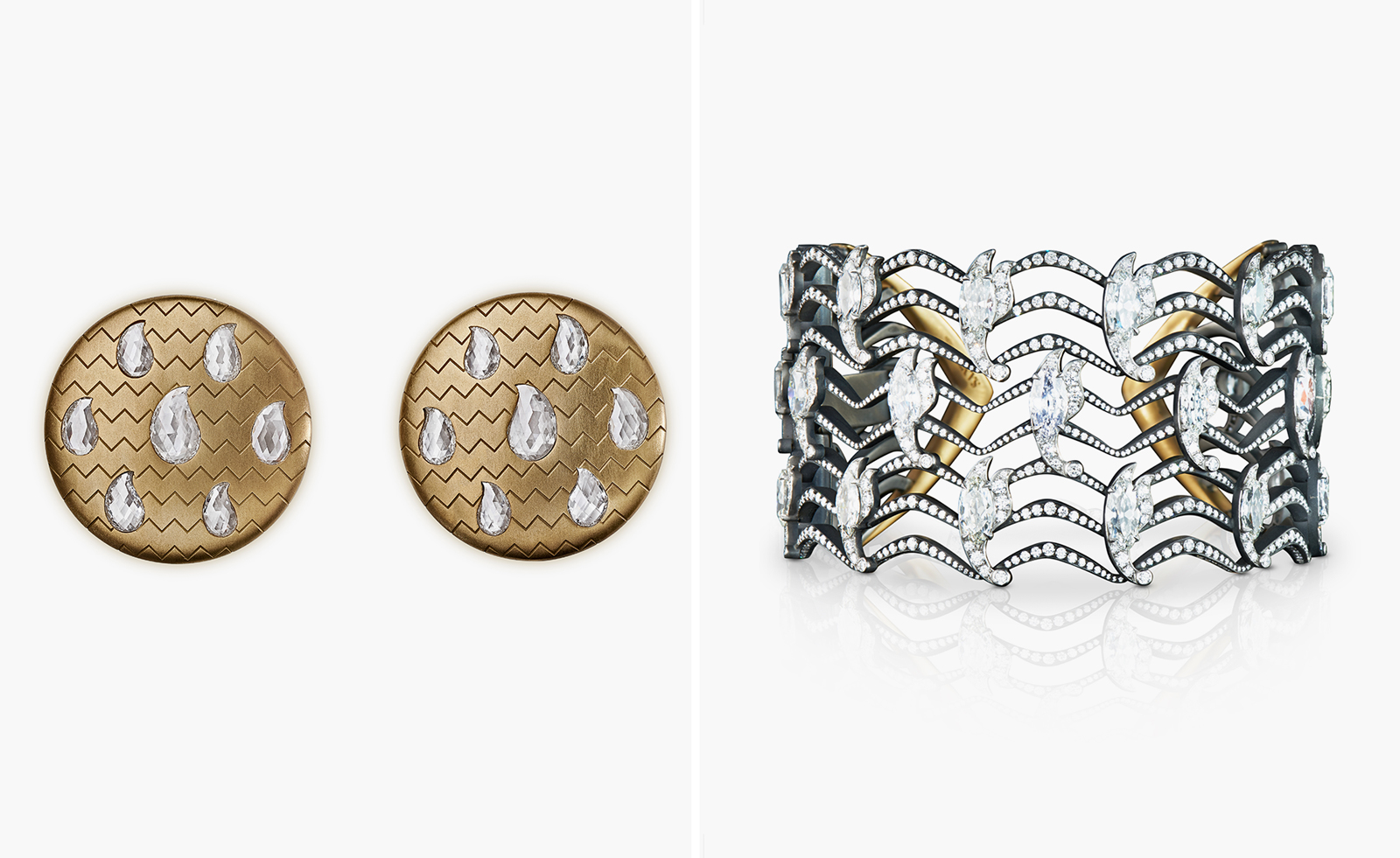 As London’s V&A spotlights Mughal-era design, Santi Jewels tells of its enduring relevance
As London’s V&A spotlights Mughal-era design, Santi Jewels tells of its enduring relevance‘The Great Mughals: Art, Architecture and Opulence’ is about to open at London’s V&A. Here, Mughal jewellery expert and Santi Jewels founder Krishna Choudhary tells us of the influence the dynasty holds today
-
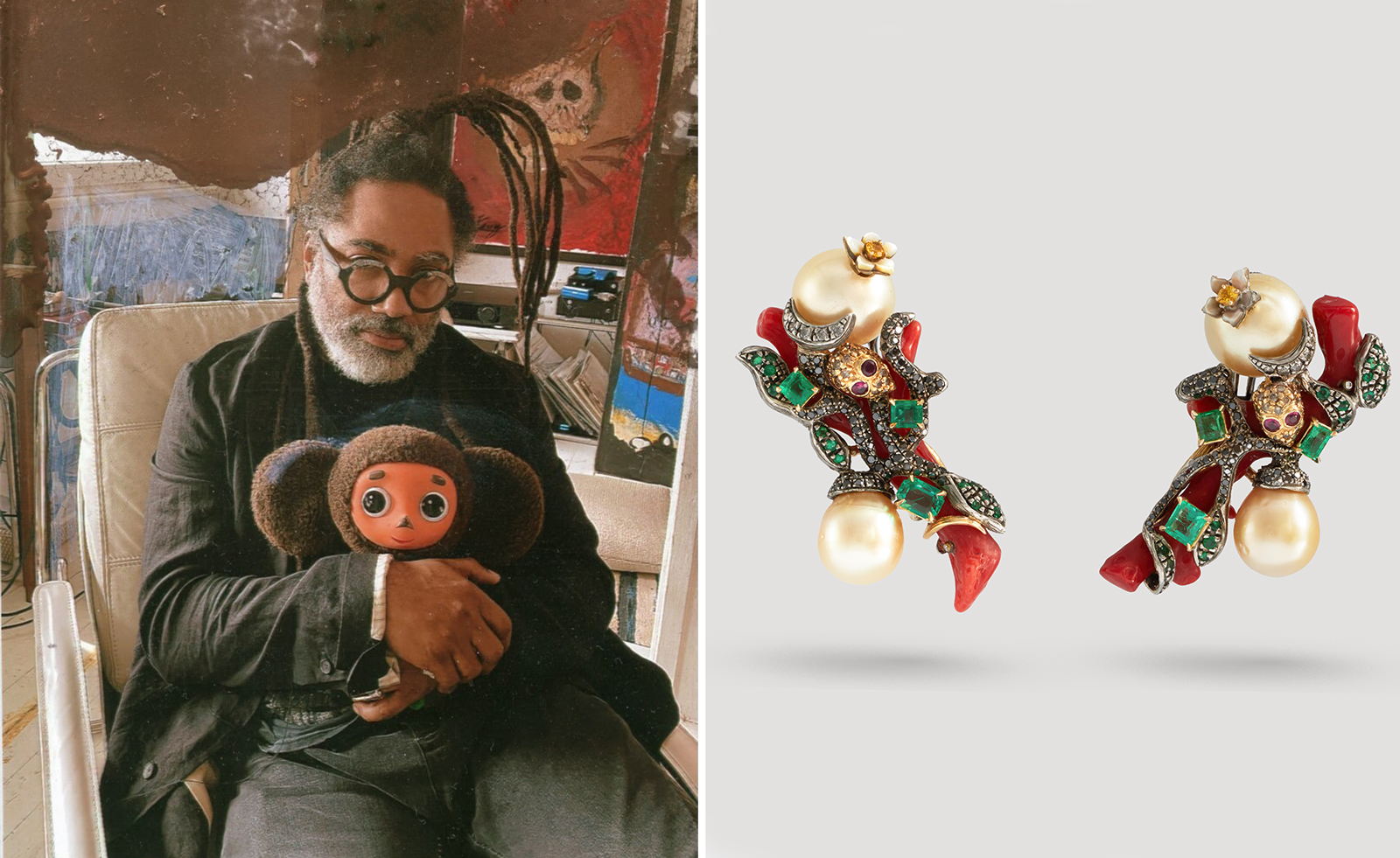 Discover the fantastical jewellery world of Castro NYC in London
Discover the fantastical jewellery world of Castro NYC in LondonCarpenters Workshop Jewellery celebrates the work of Castro NYC with a London exhibition
-
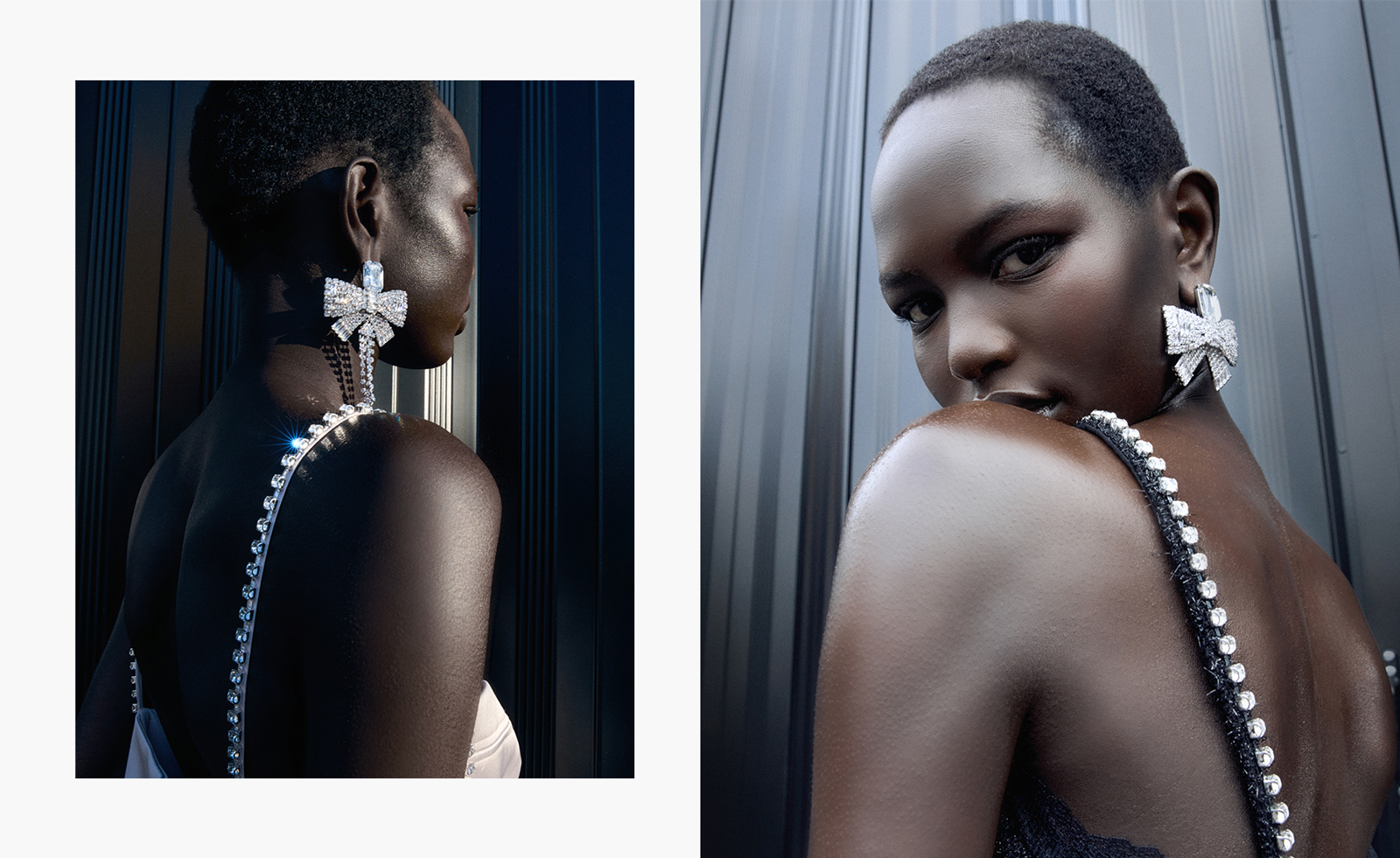 Self-Portrait launches first jewellery collection
Self-Portrait launches first jewellery collectionSelf-Portrait rethinks traditional motifs in its first jewellery collection, turning the feminine flounces of the bow into chic, contemporary pieces
-
 Seiko shines a light on conceptual Japanese watch design
Seiko shines a light on conceptual Japanese watch designSeiko’s Power Design Project 2024 at Japan House London explores watchmaking potential with seven ‘incredibly specialised watches’
-
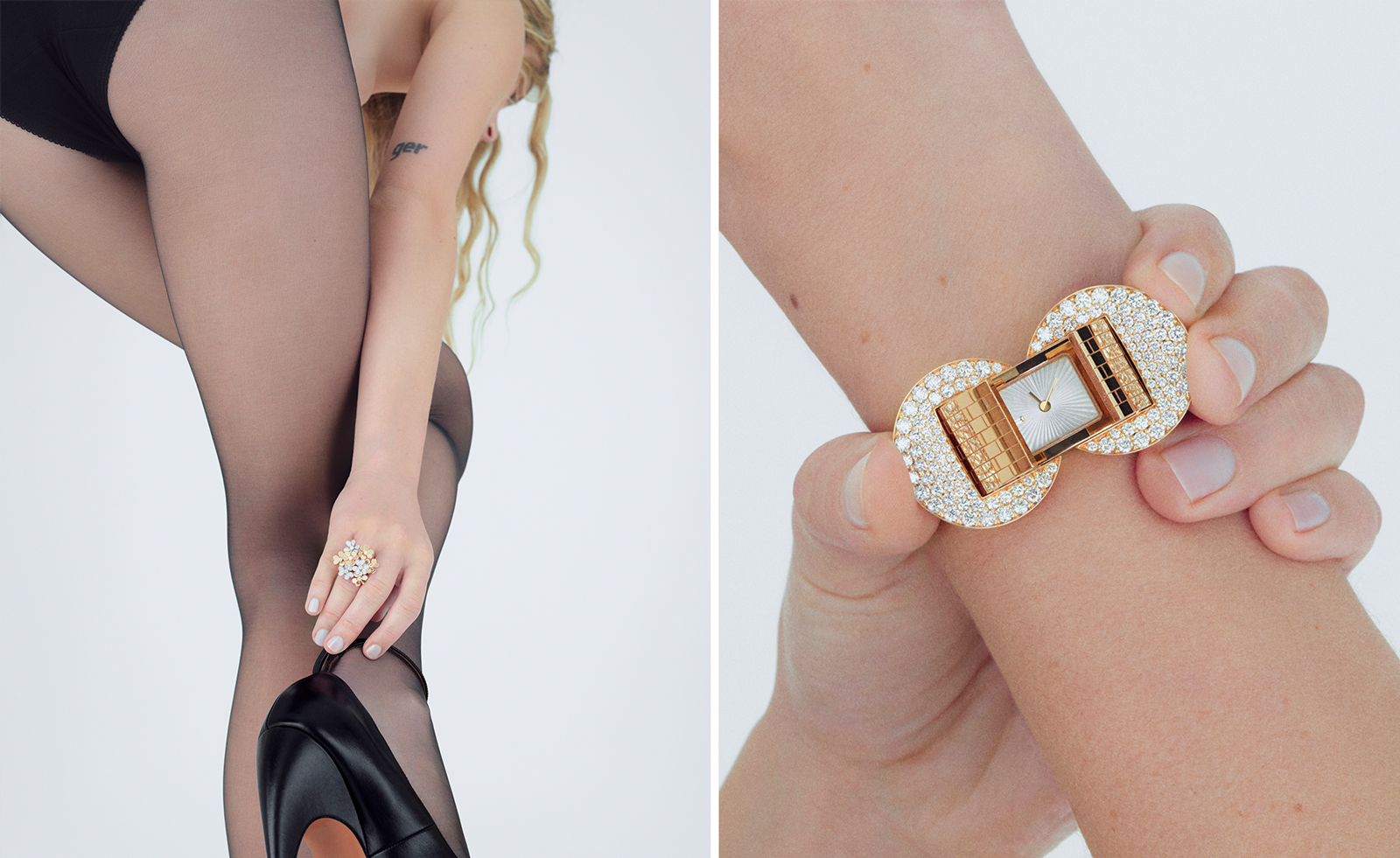 Van Cleef & Arpels' immersive London exhibition takes visitors inside the watchmaking world
Van Cleef & Arpels' immersive London exhibition takes visitors inside the watchmaking worldVan Cleef & Arpels’ exhibition, ‘Poetry of Time’, at South Kensington’s Cromwell Place gallery, traces the early days of the maison